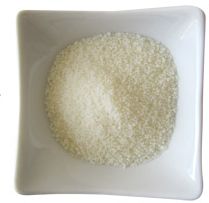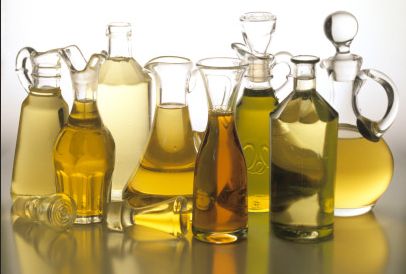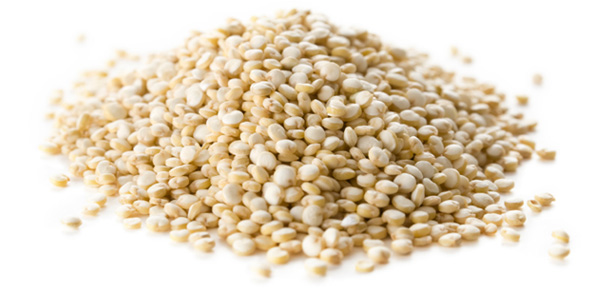
Cera Bellina
INCI: Polyglycerol-3 Beeswax (Polyglyceryl-3-beeswax)
Cera Bellina is a hydrophilic derivative of natural beeswax in which the free fatty acids have been converted to polyglycerols esters. Elimination of the free fatty acid functionalities in beeswax improves the oil gelling and oil retention capability.
With Cera Bellina, all natural plant and vegetable oils can be gelled with relatively low wax concentrations. Smooth, soft gels with a satin-like feel on the skin are the result.
Products formulated with Cera Bellina and natural as well as synthetic oils produce remarkably stable, smooth gels. This property is also beneficial in emulsion products, where its hydrophylic properties enable it to act as a coemulsifier and its rheology modifing properties lend increased formulation stability.
In decorative cosmetics, Cera Bellina helps to break up pigment agglomerates by forming a gel network thereby maintaining an even distribution of ingredients. Cera Bellina also suppresses the fatty acid, fatty alcohol migration and oil syneresis in finished stick formulas.

(Photos from the translated version of Aroma Zone.
Cera Bellina has the unique ability to give stability by forming non-granular gels of liquid oils. Besides the consistency regulating properties of beeswax, it has the remarkable capability of inhibiting crystallization in the oil phase and therefore enhancing stability by preventing the formation of granules. This attribute can eliminate the graininess or rice granule effect that can occur when using shea and other natural butters in anhydrous formulations such as lip balms and lotion bars.
Cera Bellina also greatly improves stability in dispersions utilizing non-soluble components, such as organic and inorganic pigments, as well as mineral and polymer extenders.
Benefits
- Imparts a smooth, satin-like feeling to the skin
- Solubility and safety similar to beeswax
- Suitable for sensitive skin
- Emulsion stabilizer
- Functions like a low HLB coemulsifier
- Gelling agent for oils
- Thickener in anhydrous products
- Pigment stabilizer
Applications
- Lip balms and lotion bars
- Emulsions (oil-in-water and water-in-oil)
- Thickener for anhydrous, oil-based serums
- Oil gel products
- Color cosmetics
Formulation Guidelines
- When working to replace a portion of the oils in existing formulations with Cera Bellina for its rheological properties, it is suggested to add Cera Bellina at 10-15% of the oil phase to start.
- When gelling oils, best results are obtained if cooling is slow, especially for less viscous oils.
- The % of Cera Bellina needed to gel specific oils will vary, depending on the oil. Some examples:
- Avocado Oil 8.0%
- Castor Oil 6.5%
- Sweet Almond Oil 9.0%
- Olive Oil 9.1%
- Jojoba Oil 12.3%
- IPM 25.0%
- Phenyl Trimethicone 29.0%
Recommended Use Rates: 1 – 20%
- Lip Balms and Stick Products: 1 – 20%
- Emulsions: 1 -2%
- Gelled Oils: 1% – 29%
Appearance: White to off white pastilles
Odor: Neutral to wax-like
Saponification Value: 80-94 mg KOH/g wax
Melting Point: 63 – 73°C (145.4 – 163.4°F)
Where to buy: http://www.lotioncrafter.com/cera-bellina.html



